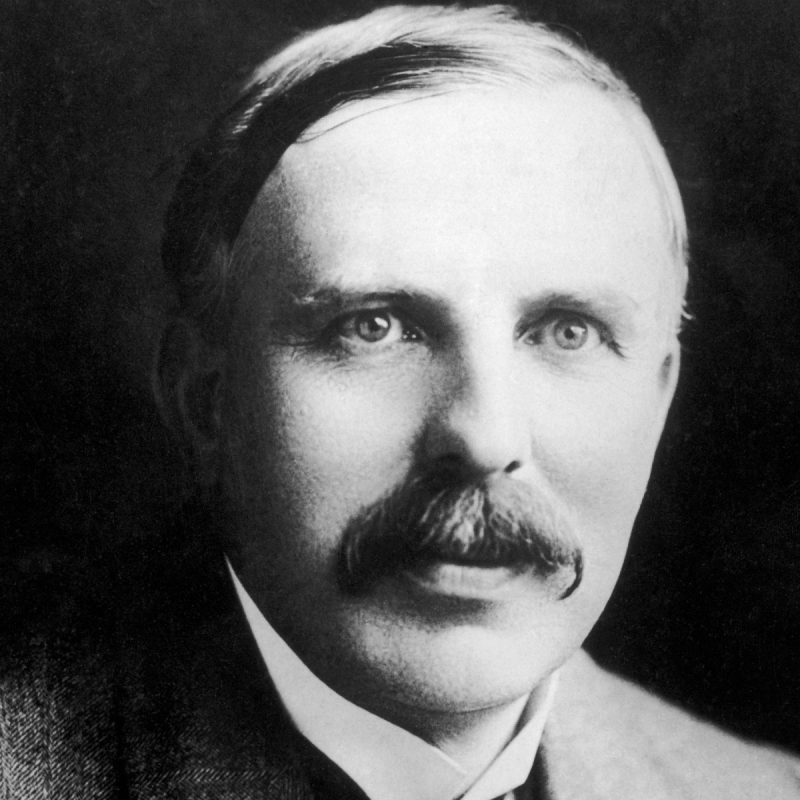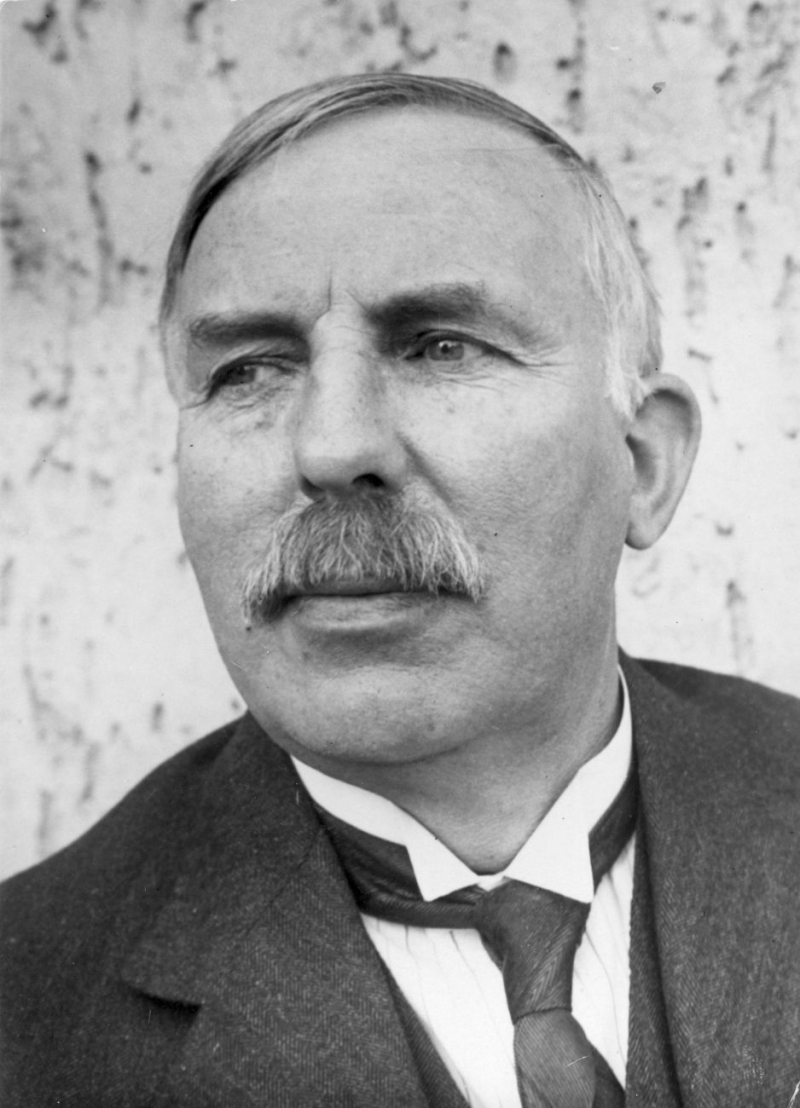Ernest Rutherford
In a family of English pioneers, Ernest Rutherford was born in South Island, New Zealand. When he was five years old, he was sent to primary school. He dissatisfied himself with physics in his secondary school courses. Later, he relocated to Cambridge, where he carried on his scientific studies. Following graduation, he held a physics research position at Montreal University in Canada and gave lectures at prestigious universities in the US and UK. Eventually, lying held a position at Manchester University. The Scattering of Alpha and Beta Particles of Matter and the Structure of the Atom is one of Rutherford's most well-known works.
The smallest, indivisible particles that make up matter have traditionally been thought to be atoms. Rutherford's studies revealed that the atom is divided into smaller components and has a highly complicated structural makeup. The atom's structure, which includes a central nucleus and several electrons revolving around it, is similar to the solar system. Rutherford demonstrated how an atom may be attacked with neutrons in order to divide, or "split," the nucleus and cause the electrons to be thrown out. The substance is changed into energy during the nucleus's splitting.
The atom's splitting has given man access to a brand-new, massive source of energy. However, it has also raised the possibility of a destructive nuclear conflict, during which humanity could commit suicide and wipe off the earth. That is why it is crucial that all people put their efforts towards fostering mutual understanding and long-lasting peace on earth.














